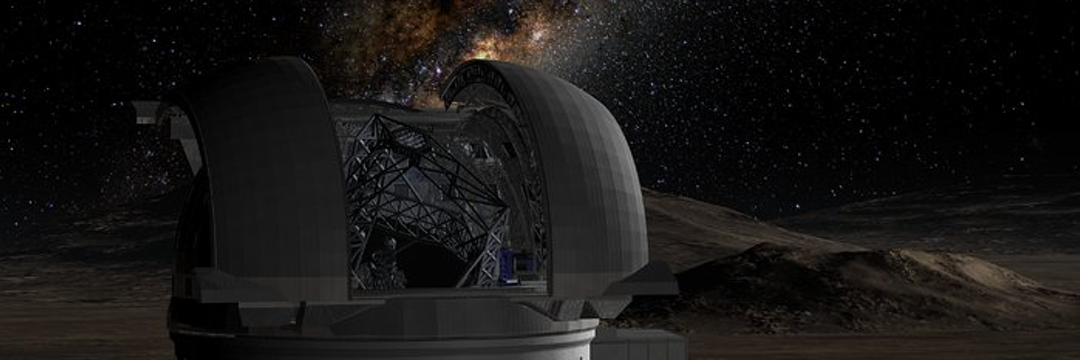
doi.org/10.1126/sciadv.adt1538
Credibility: 989
#Mars
For the first time, scientists have been able to observe a key process that is causing the gradual loss of Mars’ atmosphere
After analyzing more than nine years of satellite data, a team led by planetary scientist Shannon Curry of the University of Colorado Boulder has detected clear signs of a phenomenon called “sputtering.” This process is a key piece of understanding how Mars lost its atmosphere and water over time.
“These findings are a major step toward confirming that sputtering is a major driver of Mars’ atmospheric loss,” the researchers wrote.
“This helps us understand the history of water on the planet and how it may have been habitable in the past.”

Sputtering occurs when charged particles (ions) are accelerated by the electric field of the solar wind, which is a stream of particles coming from the Sun.
On planets like Mars, which do not have a global magnetic field to protect them, these particles collide with the atmosphere.
It is like throwing a stone into a lake: the energy of the collision agitates the molecules in the atmosphere, and some of them gain enough speed to escape the planet’s gravity and fly into space.
Observing this process on Mars is very difficult.
To do so, it is necessary to measure at the same time the neutral particles that are released, the ions that collide with the atmosphere or the electric field that accelerates them.
In addition, it is necessary to observe both the light side and the dark side of Mars, deep in the atmosphere.
The only spacecraft with the right equipment to make these observations is NASA’s MAVEN.
Scientists carefully analyzed the data collected by the satellite since it arrived in orbit around Mars in September 2014. They looked for moments when the satellite simultaneously measured the electric field of the solar wind and the amount of argon, a gas present in the Martian atmosphere that serves as a “marker” for identifying sputtering.
The results showed that above an altitude of 350 kilometers, the amount of argon varies depending on the direction of the electric field of the solar wind.
At lower altitudes, however, the amount of argon remains constant.
They also found that lighter forms of argon vary, while heavier ones are in greater quantity, indicating that sputtering is occurring.
This finding was reinforced by observations of a solar storm that hit Mars in January 2016. During that event, the evidence for sputtering became even clearer.
This not only confirms that the process is active on Mars today, but also suggests what it might have been like billions of years ago, when the Sun was younger, brighter, and caused more frequent storms.
“We found that sputtering today is more than four times greater than previously predicted, and a solar storm could greatly enhance this effect,” the researchers wrote.
“Our results suggest that sputtering is occurring on Mars today and may have been the main form of atmospheric loss in the early Solar System, when the Sun was much more active.”
Published in 05/30/2025 05h01
Text adapted by AI (Grok) and translated via Google API in the English version. Images from public image libraries or credits in the caption. Information about DOI, author and institution can be found in the body of the article.
Reference article:
Original study:
| Geoprocessing Drone Systems HPC |

| ERP and CRM Systems Mobile Systems AI |


